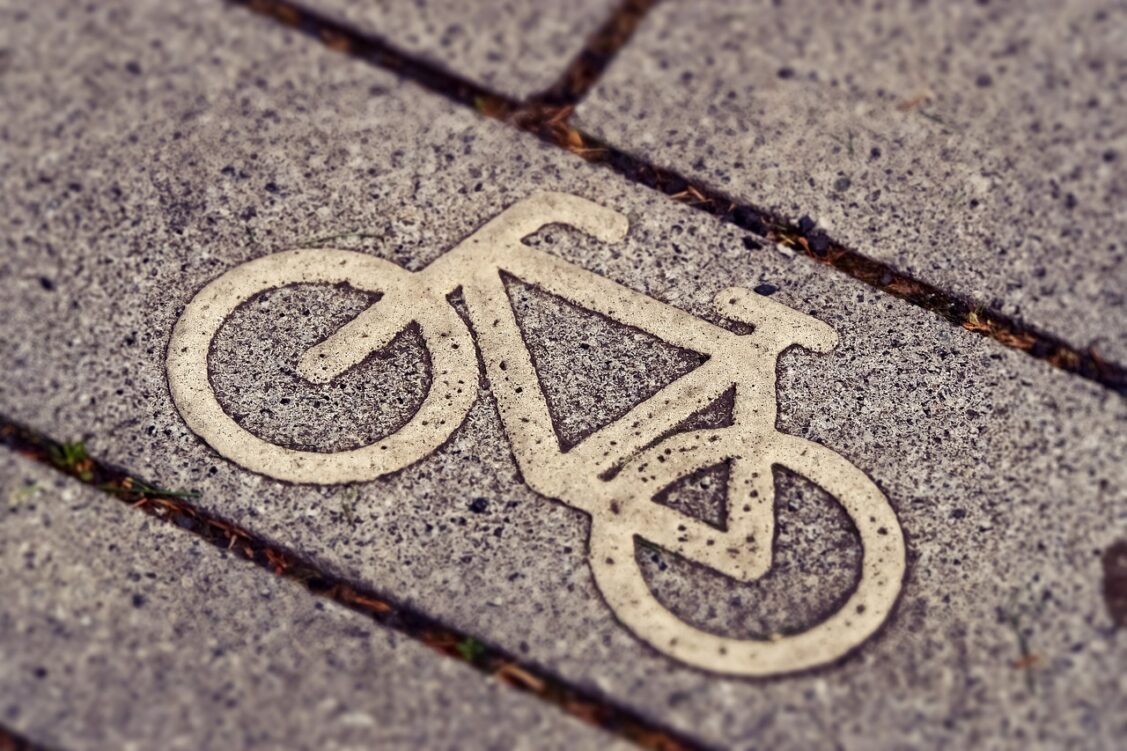We’ve been going to a lot of interesting places on our bikes lately. And each time the bike trips get longer and longer. While we used to ride an average of 8-10km, the route of the last of our trips was 30km. For cycling to still bring pleasure and joy, it is good to know how to pedal properly.
As practice shows, everything should be approached wisely. And even pedaling has its own science.
Many people think that it’s enough to buy a cooler bike, and the pedals will start spinning on their own. This may be true, but only in one case: if the bike is a motorcycle 🙂 And for all other cases you need to know how to properly ride a bike.
First let’s figure out how to sit properly on a bike, then we’ll move on to how to pedal properly, and at the very end, how to shift gears properly.
And so, let’s begin.
How to sit on a bicycle correctly?
The answer to this question is simple and obvious: sit comfortably. But correct doesn’t always equal comfortable. And improper seating is fraught with lower back and knee pain.
How a saddle should be adjusted on a bicycle
To explain simply, the handlebars and the saddle determine how one sits on a bicycle. The first thing that is very important is to choose the correct saddle height. Improper saddle height is the cause of knee problems. And this is certainly something no one wants.
It is clear that the height of the saddle, like the size of the frame, depends on your height. Adjusting the correct saddle height is easy. You need to sit on the bike and pedal so that one of them is at its lowest position. At this point, your leg should be bent just a little bit. This is the correct level of saddle height. Try riding – your hips should not sway from side to side (when viewed from behind). That’s it. Nothing complicated.
Unfortunately, I often see people riding their bikes half-bent. Remember, this causes wear and tear on the knee joint. Don’t ride like that, because it’s easy to adjust the saddle height.
How the handlebar should be set
Now that we’ve got the saddle, let’s talk about the handlebar. The height of the handlebar depends primarily on the flexibility of your lower back. To find the correct height, stand up straight and try to reach the floor with your hands (without bending your knees). If you succeed, the handlebar should be 5-10 cm below the saddle. If you did not reach the floor even with your fingers, the handlebar should be at the same level as the saddle.
The width of the handlebar should be the width of your shoulders. If the handlebar is narrower, it will make it difficult to breathe.
The bottom of the handlebar should ideally be horizontal.
The length of the handlebar stem depends on the anatomy of a particular person.
A few words about the aerodynamics of the seat
You can not only sit on the bike properly, but also aerodynamically. And this is no joke. The narrower you sit, the less resistance you have to the wind. To illustrate, imagine a sail. The wind blows, the sail inflates, the ship sails. With a cyclist, it’s the opposite story. Typically, the wind blows one way and you have to ride in the opposite direction. You are the sail. And the wider you sit, the more dampened the force with which you pedal.
For beginner cyclists, the aerodynamics of the seat is the last thing to think about. It’s more important for professional cyclists who race at distances and speeds unattainable by beginners.
How often and when should I change gears on my bike?
You should change gears so that wherever you ride – uphill, downhill, flat – your cadence stays the same. This approach only changes the speed of the cyclist and the terrain.
It’s a matter of practice. At first you will be clicking gears back and forth, and then you will not hesitate to choose the right combination. For example, if you ride uphill, 1 on the big sprocket, from 3 to 1 on the small sprocket.
